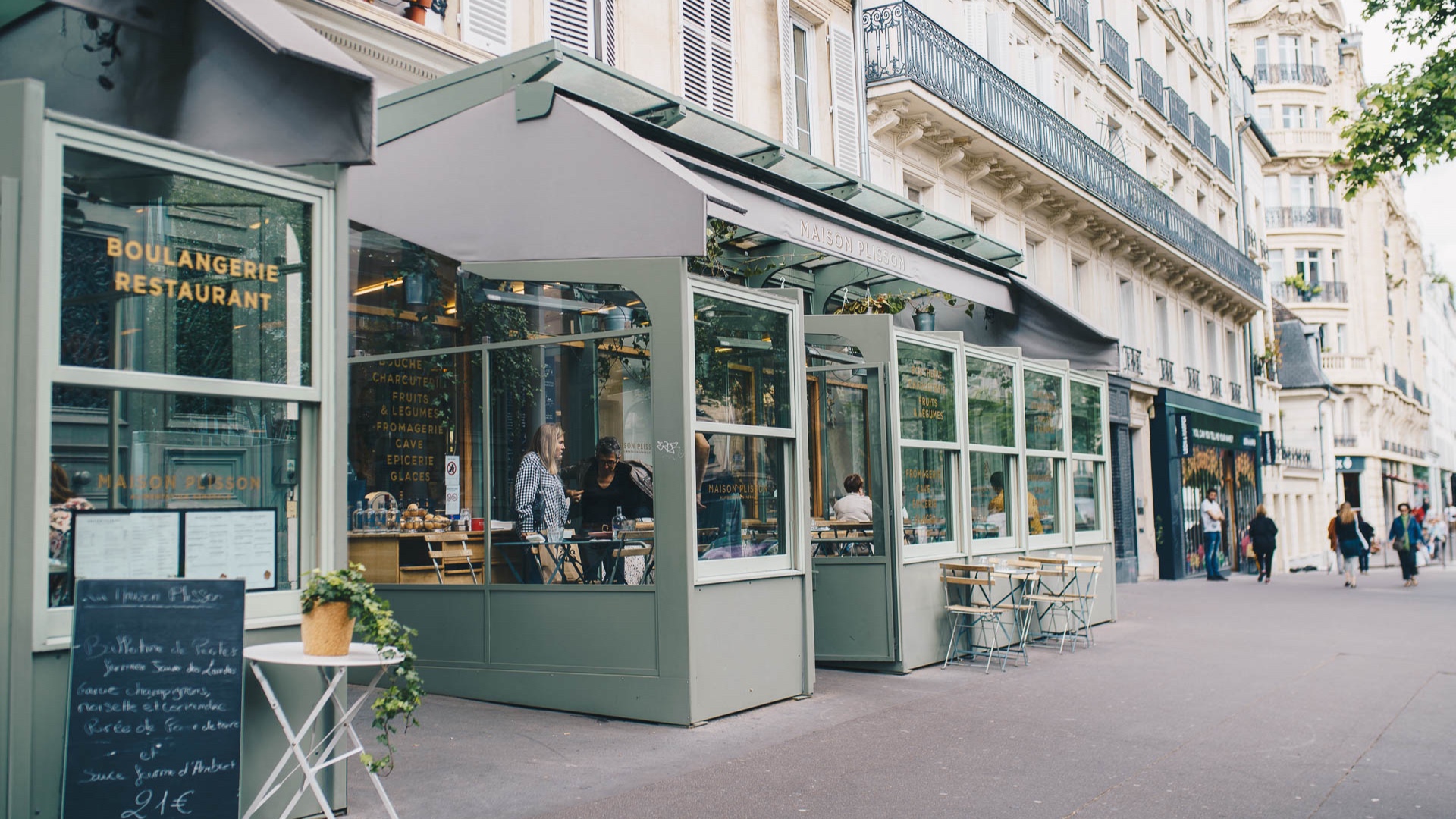Here’s the sequel to our collaboration with Black&Wood (French photographer duo Marine & Thibault), in which they visit yet another beautiful European region, by train. This time, they headed to the Dolomites. This stunning mountain range is located in the northern part of the Alps in Italy, close to the Austrian border. The Dolomites have been listed as a UNESCO World Heritage site since 2009 and are counted among the most beautiful mountain landscapes. Le Corbusier even called them “the world’s most beautiful natural architecture”.
We’ll let our friends guide you through its winding mountain roads, wonderful hikes, emerald blue lakes and hundreds of pointed mountain peaks. Marine & Thibault, we’re all ears.
Lago di Carezza.
Situated close to Bolzano, Lago di Carezza is our first stop on this Dolomites road trip. This lake with emerald water is surrounded by pine trees and has stunning mountain peaks as its backdrop. It should be part of every trip to the Dolomites as it is located right by the road, which makes it particularly easy to access.
Like every mountain lake, the water level of Lago di Carezza tends to drop in the fall. In general, mountain lakes are fuller in the summer, right after all snow has melted. We knew this before making the trip, but we still chose to go in the fall to enjoy the wonderful, orangey hues of this season.
Still, there was enough water in the lake, and we loved the transparent, blue reflections of the water.
Climbing up Sassolungo.
Our trip continues to the foot of Sassolungo, a mountain range that is very representative of the Dolomites. It can be accessed through the Sella pass, which already offers stunning views of some of Sassolungo’s peaks. One of them is at no less than 3,126m above sea level!
To be perfectly honest, the main reason we decided to explore this mountain range is because we were dying to take the gondola lift! It is renowned for its unique design: the gondolas are white, very (very!) old and have a rectangular shape. Only two people can fit inside each of them—standing up, of course! On top of that, the gondolas don’t slow down to allow people to get in, which makes it quite the adrenaline rush!
After jumping off our gondola, we ended up at the top of the mountain and right by the peaks. We stopped at the Tony Demetz mountain hut—the ideal spot to grab lunch or get a drink while enjoying the views. You can then get back to your car by following a pathway that winds through the mountain range, though we did have to get down using the gondola lift as parts of the pathway were covered in snow.
Seceda.
Our adventures continue close to Sassolungo, in Ortisei. This is the starting point of two cable cars that take people to the peak of the mountain. This viewpoint allows you to see another highlight of the Dolomites: the Seceda mountain and its iconic wave shape. The view of the Seceda mountain is absolutely breathtaking, as it gives the impression to be standing on both slopes of the mountain simultaneously. Add some dark clouds and strong rays of sunshine, and you’ll feel like the apocalypse is coming.
The surrounding area is also very pretty and the Puez Odle natural park makes the perfect setting for an afternoon walk. There, you’ll find a lot of small wooden huts sprinkled throughout the area as well as stunning green and brown grass. You’ll even be able to see the Sassolungo mountain range in the distance.
Lago di Sorapiss.
The only way to reach Lago di Sorapiss, a milky blue lake, is to walk for two hours. Despite this, the area often gets busy and you might have to park further away from the starting point of the hike—even in October!
This is a fairly easy hike, although some portions might be trickier if you are afraid of heights: halfway-through, the pathway gets quite narrow and offers an impressive view of the abyss. But fear not, there are ropes for you to hold on to!
As previously mentioned, lakes have lower water levels in the fall. This is especially visible at Lago di Sorapiss, which seemed to be missing two thirds of its water after the summer. However, the area’s autumnal hues were stunning: blue, mineral grey, green, yellow and orange everywhere!
Tre Cime di Laverado.
Do they really need an introduction? The Tre Cime di Laverado are another major highlight of the Dolomites area. These three battlement-like peaks are situated on a plateau, at 2,400m above sea level. They can be reached through a toll road (€30) which will take you to the Auronzo shelter. After parking, just look up and you’ll be facing the legendary Tre Cime!
There are several hiking options around the Tre Cime, each offering different views of these peaks. We chose to hike around this site by heading west and walking along the Zinnensee lakes. After an easy walk down, you do need to go all the way up again to reach the hogback located east of the Tre Cime. When we reached that point, it was 7:20pm and we got to witness an incredible sunset right on the peaks. As the sun sets, the peaks get this strong orange hue that is typical of the Dolomites. A magical experience!
Lago di Braies.
Seeing pictures of the Lago di Braies on Instagram is one of the main reasons we decided to head to the Dolomites! This lake is located at the feet of Croda del Becco, an impressive rock wall, and is surrounded by pine trees. This landscape reminded us of the western part of Canada—only in Italy…!
What makes this lake special is its small wooden hut built on stilts, where small wooden boats are moored. During the day, these boats can be rented to explore the lake.
It is very easy to access Lago di Braies: just park your car in the (paid) parking, walk a few steps and you’ll be there! Therefore, make sure you get there early in the morning to avoid the crowds—this spot is a favorite among Instagrammers!
MMM Corones.
On the last day of our Dolomites road trip, we took another cable car, this time to head to the Plan de Corones ski resort. This is the starting point of several mountain bike tracks in the summer and, of course, a great place to ski in winter. It also has a mountain shelter that serves food and drinks.
What truly sets it apart from most ski resorts, though, is that this resort is also home to two museums—the LUMEN and the MMM Corones, both located right by the cable car. Both museums are mountain-themed and have an interesting and innovative architecture.
Our favorite museum was MMM Corones, which was designed by Zaha Hadid. This building completely blends into the mountain thanks to its large, cubical glass panels which reflect the mountain and its grass-covered roof. Seeing such a building in such a setting was truly impressive!
GETTING THERE
It is not super easy to get to the Dolomites. The main options are taking the train to Munich, Germany or Milan, Italy, as these are the two largest cities around the Dolomites.
From there, you’ll need to rent a car and drive for about three hours to reach this region. It is also absolutely possible to get around by bus and train—there’s actually a strong train network in the northern part of the Dolomites. Last but not least, there are many stunning bike paths in the region—a great idea for our next trip!
HOW LONG
We think you should spend at least a week there to have enough time to explore the region’s main highlights, go on several hikes and have an extra day in case of bad weather as it unfortunately happens quite often in the mountains!
WHEN TO GO
The Dolomites can be explored in every season—it just depends what the goal of your trip is! Skiing is available in winter, while hikers will love the Dolomites in the summer. In the fall, accommodation is slightly cheaper and nature has stunning colors!
Pictures & text by Marine Etoubleau and Thibault Pailloux
from Black&Wood.











































